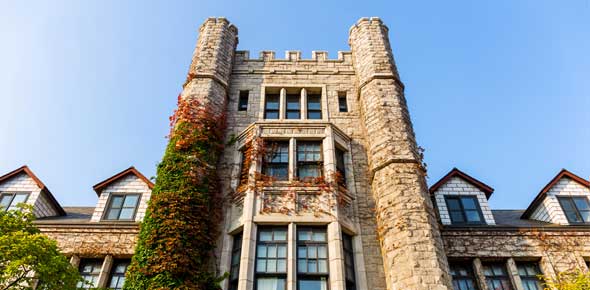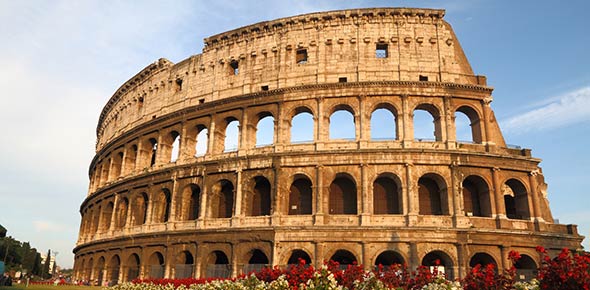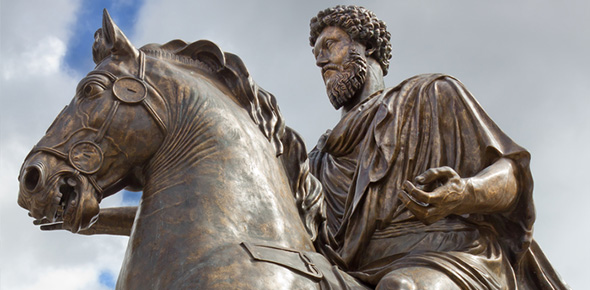Related Flashcards
Related Topics
Cards In This Set
| Front | Back |
|
Middle Ages (500–1400)
|
Characteristics:
Celtic art, Carolingian Renaissance, Romanesque, GothicArtists and Works: St. Sernin, Durham Cathedral, Notre Dame, Chartres, Cimabue, Duccio, GiottoHistory: Viking Raids (793–1066); Battle of Hastings (1066); Crusades I–IV (1095–1204); Black Death (1347–1351); Hundred Years' War (1337–1453) |
|
Early and High Renaissance (1400–1550)
|
Characteristics:
Rebirth of classical cultureArtists and Works: Ghiberti's Doors, Brunelleschi, Donatello, Botticelli, Leonardo, Michelangelo, RaphaelHistory: Gutenberg invents movable type (1447); Turks conquer Constantinople (1453); Columbus lands in New World (1492); Martin Luther starts Reformation (1517) |
|
St. Sernin
|
 Basillica built in Romanesque style between about 1080 and 1120 in Toulouse France for the first bishop of Toulouse. Pilgrimage location esp. for pilgrimage of Santiago de Compostella after Charlemagne, brick, in the form of a crucifix, central nave is barrel vaulted, 4 aisles have rib vaults, also has buttresses |
 Durham Cathedral |
founded in AD 1093. The cathedral is regarded as one of the finest examples of Norman architecture, ribbed vault of nave, flying buttresses, precursors to Gothic art. In England above Wear River
|
 Notre Dame |
finest examples of French Gothic architecture in France and in Europe, and the naturalism of its sculptures and stained glass are in contrast with earlier Romanesque architecture. One of the first buildings to use flying buttresses,
|
|
Chartres Cathedral
|
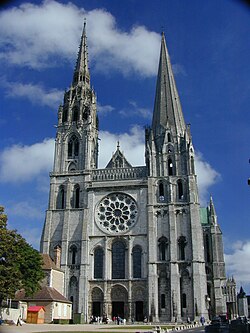 French High Gothic style, 176 windows were filled with equally dense stained glass, well preserved |
|
Cimabue
|
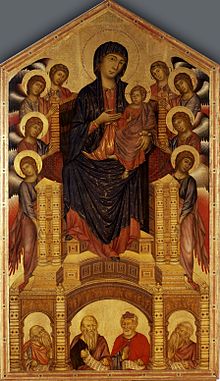 Italian painter, creator of mosaics. pioneer in the move towards naturalism, as his figures were depicted with rather more life-like proportions and shading. master of Giotto |
|
Duccio
|
 Pigment and egg tempera. 1255-1260 – c. 1318-1319. religious themes |
|
Giotto
|
Italian painter and architect from Florence in the late Middle Ages. He is generally considered the first in a line of great artists who contributed to the Italian Renaissance.
|
|
Ghiberti's Doors
|
 Italian Renaissance sculptor. depicting scenes of the New Testament for baptistery doors, and Old Testament for "Gates of Paradise." Reinvented lost wax casting for bronze casting that was invented by the ancient Romans. |
|
Brunelleschi
|
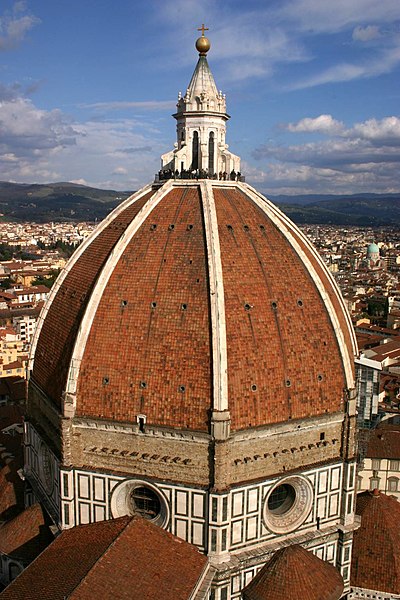 Italian Renaissance architect famous for Brunelleschi's Dome on Florence Cathedral, invented optical linear perspective (made first paintings with it) |
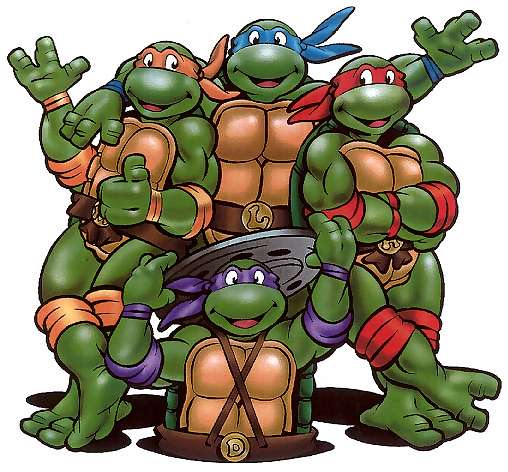 Donatello |
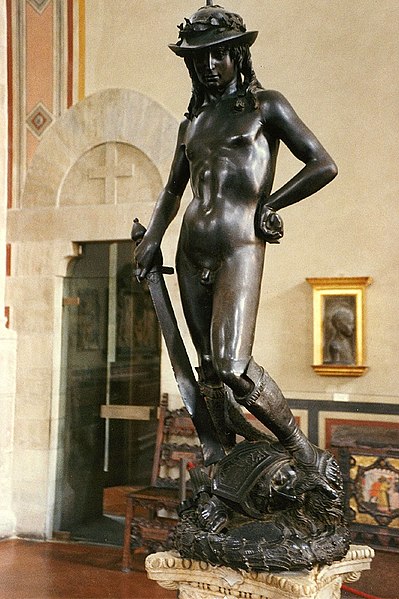 Early Renaissance Italian artist. He is, in part, known for his work in bas-relief, a form of shallow relief sculpture that, in Donatello's case, incorporated significant 15th century developments in perspectival illusionism. |
|
Botticelli
|
 Early Italian Renaissance. Gothic reailsm, linear rhythm and grace. |
 Leonardo |
 Italian Renaissancepolymath: painter, sculptor, architect, musician, scientist, mathematician, engineer, inventor, anatomist, geologist, cartographer, botanistand writer whose genius, perhaps more than that of any other figure, epitomized the Renaissance humanist ideal. |
 Michelangelo |
 ItalianRenaissance painter, sculptor, architect, poet, and engineer who exerted an unparalleled influence on the development of Western art. Sistine Chapel!! Pieta!!!!!! David!!!!!!!!!!!!!!!!! |



